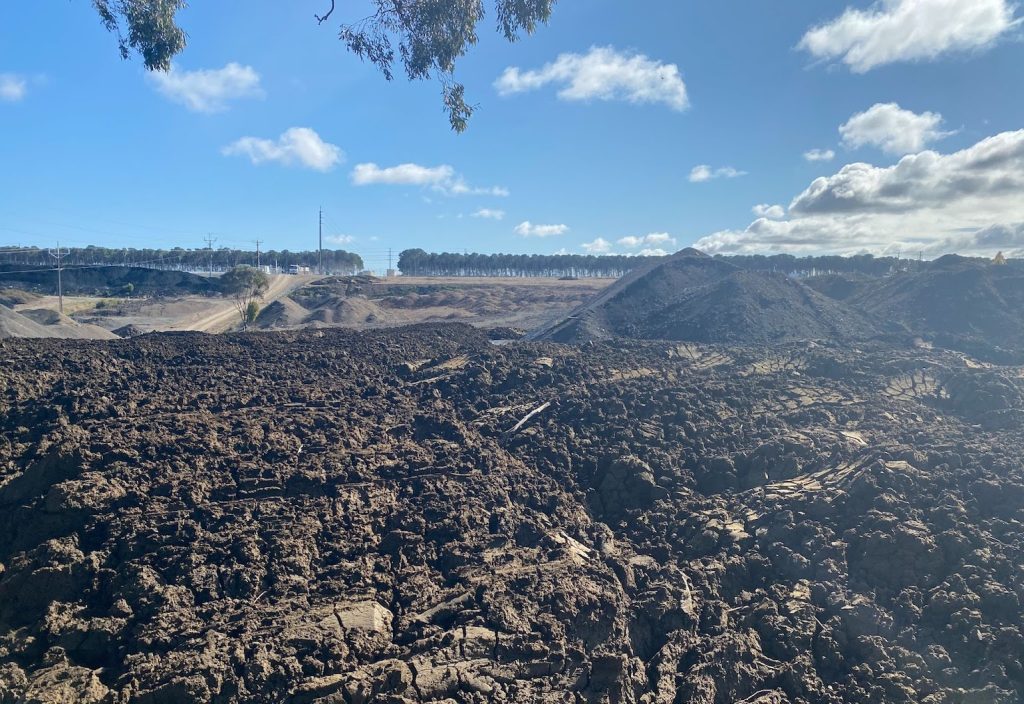Civil engineering in Australia, according to the University of South Australia’s Professor Yan Zhuge, can be a pretty conservative industry.
“It can be very difficult for new ideas to gain acceptance,” she told create.

But she’s hoping that will change with her current project, funded by the Australian Research Council, which aims to counteract the effects of corrosion in sewage pipes by utilising water treatment sludge to repair damage to concrete.
Zhuge, whose background is in structural engineering, said her research across the past decade has mostly concentrated on sustainable concrete materials.
“Projects I have been involved in have utilised industrial byproducts and waste in construction materials like concrete, which is better for the environment than disposal,” she said.
She is working with a polymer expert from UniSA and two researchers from the University of Queensland on the new project, which had its genesis back in 2018. The university was approached by SA Water to help solve the issue of excessive and increasing quantities of sludge from water treatment facilities in its network.
“They were disposing of the sludge in landfill,” Zhuge said. “But that was an environmental issue and there were concerns about what they were putting into the soil. They wanted to find out if there were any alternative ways to use the sludge.”
During testing of the water treatment sludge, the UniSA team discovered a resistance to corrosion due to its high aluminium content.
That’s when Zhuge identified the chance to go one step further.
Anti-corrosion, self-healing concrete
Zhuge’s research aims to mitigate the risk presented by corrosion-induced concrete pipe damage by embedding microcapsules into concrete during the mixing process.
Those microcapsules contain a composite of water treatment sludge and calcium hydroxide powder which together counteract the corrosive effect of the wastewater.
Zhuge identifies two major problems with regular methods of pipe repair: coating a pipe’s surface to repair damage from corrosion is labour intensive and only a temporary fix.
“We’ve read a lot of literature reviews and found out that the problem recurred after five to 10 years, as the surrounding environment remains corrosive,” she said.
The current project’s major innovation, Zhuge explained, is the microcapsule’s pH-sensitive shell that breaks not by mechanical force but when the pH value of the surrounding water reduces by a set metric – effectively creating ‘self-healing’ concrete triggered by an automatic rather than human-induced process.
The basic idea, she said, is simple.
“When the shell breaks, the healing agent is released and fills the gaps through chemical and mechanical procedures.”
Another major innovation is the use of the technology in the context of underwater sewage pipes.
“The idea of self-healing concrete is not new,” Zhuge said. “It has been around for five or six years. The problem was that it wasn’t suitable for sewage pipes. Our idea uses a product that is more suitable for sewage pipes.”
Although she cannot reveal the exact specifications due to patenting considerations, the selection of the right casing substance is a true Goldilocks conundrum. The shell cannot be too strong, as this risks the capsule failing to break at the opportune moment, or too weak, as that would break the capsule prematurely and render the experiment useless.
Idea to execution
However, Zhuge is quick to temper any discussion of the self-healing concrete with a caveat: this isn’t a world-changing technology – yet.
“We’re still at an early stage of research,” she said. “It’s a long-term thing. It will take a while.”
And although the project is still at the planning stage – with implementation years off – there’s real potential to effect change in the civil engineering field.
“We’re now moving into testing on concrete products, and will make sure we have a very detailed plan,” Zhuge said.
“But if you don’t have a good idea, you’ll never have a good research outcome.”
